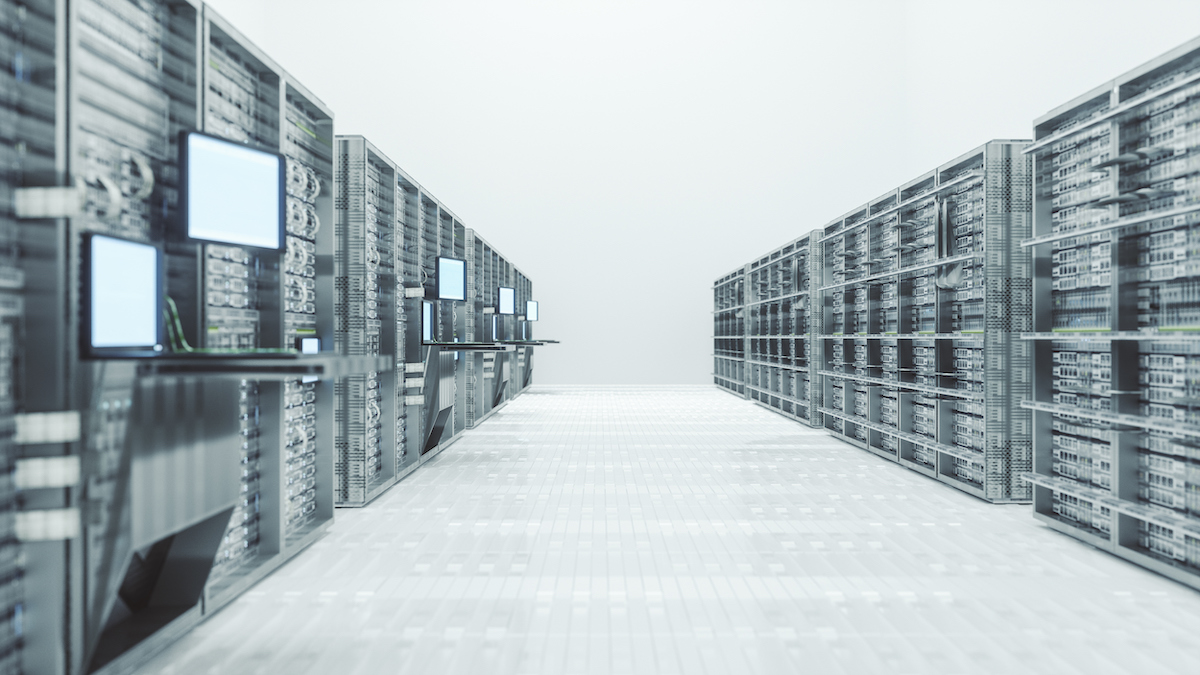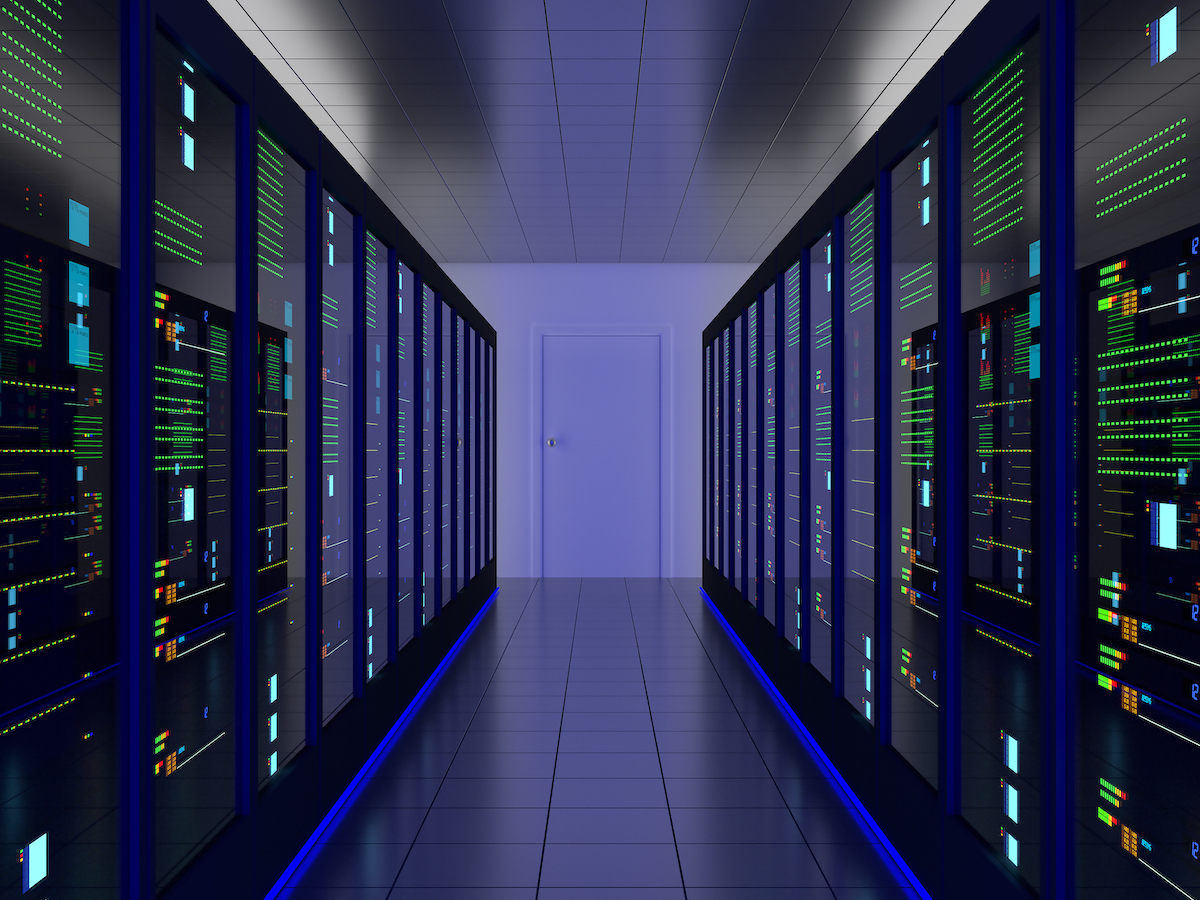Speed Up the Server Refresh Cycle | OneNeck IT Solutions

The conventional wisdom has been that computer hardware should be retained for eight years, if not longer. Yet this eight-year lifecycle is no longer always tenable in today’s fast-changing technology environment. A May 2017 IDC study confirms this, reporting that businesses that upgrade their hardware more frequently save money on operations, earn more revenue and are better able to adapt on rapidly shifting technology landscapes.
With this in mind, here are four specific reasons to speed up server replacement cycles:
- Old servers require more maintenance resources.
Although purchasing new servers is expensive, maintaining old servers is even more so. IDC found that server operating costs in years 4-6 of a server’s lifecycle is more than ten times higher than the initial acquisition cost. By purchasing new servers, organizations save 59% over the first three years of operation. Another major advantage of new servers is that the IT team can spend less time on server maintenance. Instead, the team can devote more resources towards projects that contribute to innovation and add real value to the business. - After installing new servers, organizations enjoy performance improvements.
Old servers aren’t just expensive. They also perform worse the longer they stay around, and maintenance can only do so much to stave off decline. By installing new servers more regularly, businesses enjoy the high performance offered by new hardware.This benefit trickles down to end users, who will, in turn, be more productive and experience fewer technological disruptions. IDC estimates that upgrading hardware can reduce unplanned application outages by 78% over the first three years. This has a significant effect, not only on your internal operations, but also your ability to service customers and generate revenue.
- New servers enable organizations to better implement next-generation and cloud-native applications.
Relying on old hardware seriously hinders your organization’s ability to utilize next-generation applications. With the migration to the cloud, more and more applications are becoming “cloud-native.” If your organization utilizes a private cloud, you need a modern infrastructure to support cloud-native applications. By installing cloud-native applications on modern hardware, organizations can enjoy the economic benefits of the public cloud within a private cloud infrastructure. - When supported by an up-to-date hardware infrastructure, businesses gain the agility to remain competitive in today’s marketplace.
Agility is a must to remain competitive. A modern and agile infrastructure is essential for making real gains, whether that means improving internal operations, developing new products or optimizing the customer experience. New servers offer the agility that is necessary to innovate. With old hardware, you’re just treading water.The value of new servers goes beyond cost savings and greater efficiency. By upgrading infrastructure, organizations gain agility. Instead of spending precious time fixing problems with old hardware, the IT team can serve as the impetus for strategic innovations that contribute to business success.
Like It or Not, it’s a World Gone Hybrid.
At OneNeck, along with our top-notch partners like Dell EMC, we have extensive experience helping our customers navigate a hybrid world, a world that contains hardware-based infrastructures and multiple on-premises, public and private clouds. But we can help you to determine what kind of modern infrastructure best suits your business needs now and in the future. So, don’t go it alone.

Get Your Free IDC Report Sponsored by EMC
Download a complimentary copy of the 2017 IDC Report sponsored by Dell EMC: Accelerate Business Agility with Faster Server Refresh Cycles
Additional Resources:




